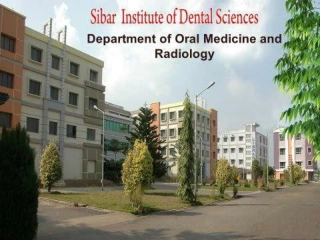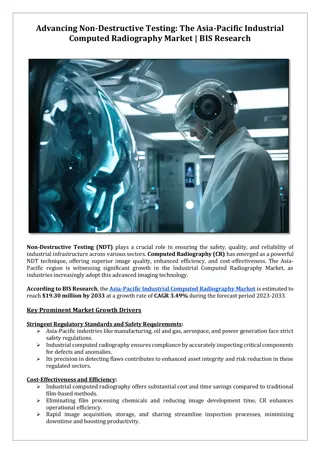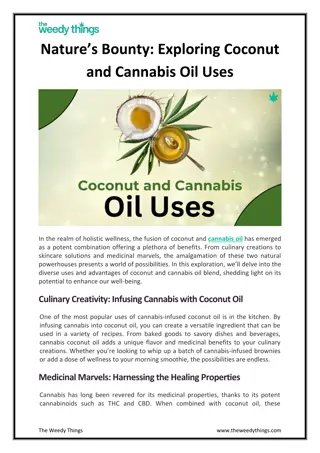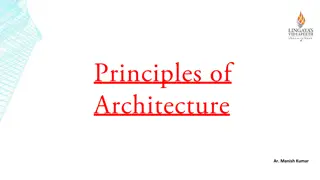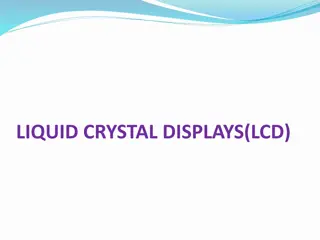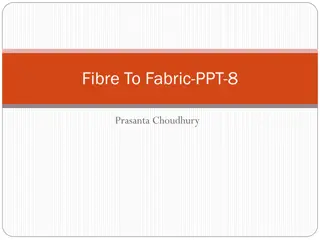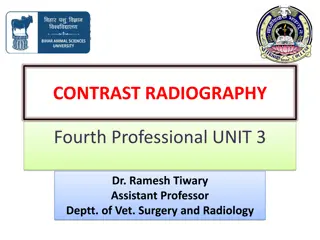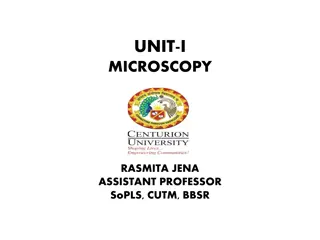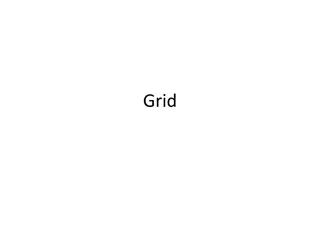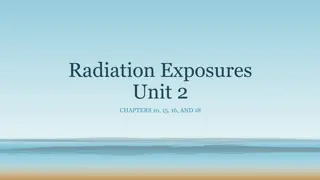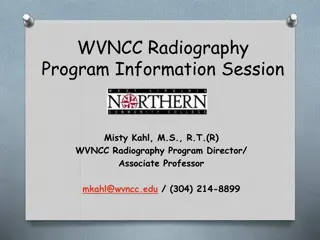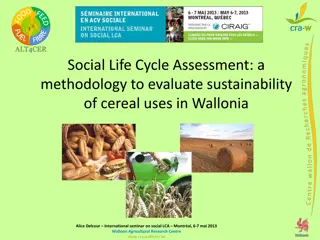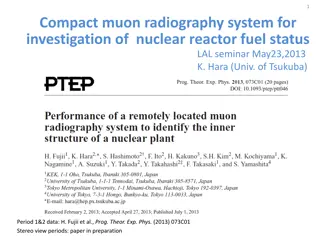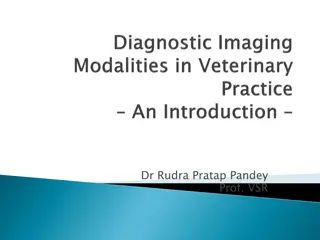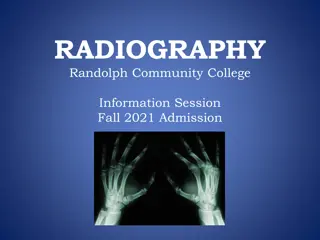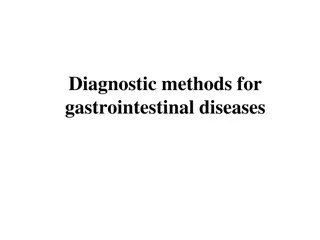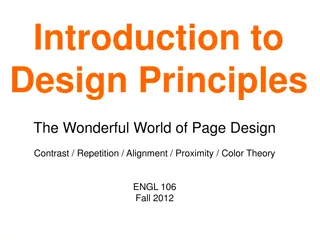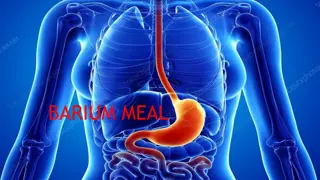Contrast Radiography: Advantages and Uses
Contrast radiography is a technique that uses contrast media to enhance visualization of tissues for better evaluation of size, shape, and position. Positive and negative contrast media play a key role in improving radiograph quality. Learn about the benefits, ideal qualities, and uses of contrast radiography in diagnosing and evaluating various medical conditions.
Download Presentation

Please find below an Image/Link to download the presentation.
The content on the website is provided AS IS for your information and personal use only. It may not be sold, licensed, or shared on other websites without obtaining consent from the author.If you encounter any issues during the download, it is possible that the publisher has removed the file from their server.
You are allowed to download the files provided on this website for personal or commercial use, subject to the condition that they are used lawfully. All files are the property of their respective owners.
The content on the website is provided AS IS for your information and personal use only. It may not be sold, licensed, or shared on other websites without obtaining consent from the author.
E N D
Presentation Transcript
Contrast Radiography Dr. Gulshan Kumar MVSc, PhD
When the radio-density of the tissue itself or its surrounding structures is changed to obtain a radiograph with improved visualization and demarcation, it is called contrast radiography. The substance used for the purpose is called contrast medium. A contrast agent is a chemical substance of very high or very low atomic number or weight, which either increases or decreases the density of the organ under examination.
Positive contrast media - Materials which increases radio- density of the tissue under question in relation to surrounding tissue. Negative contrast media- Materials which relatively decrease the radio-density. When both contrast media are used together it is termed as double contrast radiography.
Advantages Structures or organs can be evaluated more effectively for their size, shape and position. Valuable information can be gained regarding serosal and mucosal surfaces of hollow organs or their contents which otherwise are not apparent on plain radiographs. In some instances some idea of the function of the organ can be formed.
Positive contrast media The atomic number of body part is generally positively correlated with the radio-density of a compound. The highest atomic number in the body is that of the bone i.e. 138. The atomic number of air filled lungs is 4. For compounds to be used as positive contrast agents, the atomic number of the element has to be above 50 e.g. for barium it is 56 and that of iodine 53
Ideal qualities of positive contrast medium It should have desired atomic number (Z) number. It should be inert or its metabolic byproducts should not be toxic. Uranium (Z = 92) could be the best positive contrast medium but it is radioactive Similarly lead (Z= 82) compounds produce excellent contrast but are toxic to living beings.
Ideal qualities of positive contrast medium Emulsion of lead oxide and soap in water is a cheap contrast agent used for angiography in experimental animals to be euthanised. In general, high osmolar contrast media are more toxic than low osmolar contrast media. It should be retained in the area of interest only for a desired period. Agents used for outlining excretory organs must specifically be excreted through that route in sufficient concentration so as to produce radio- density of diagnostic value, e.g. barium sulphate for alimentary canal, meglumine iodipamide for biliary system
Adverse reactions Chemo-toxic or local reactions and Systemic or hypersensitivity reactions Adverse reactions can be minimized by pre administration of corticosteroids. Non ionic low osmolarity contrast media (iohexol, iopamidol) cause fewer side effects
Broad classification of positive contrast media Barium sulfate preparations For outlining alimentary tract only Insoluble in water, non absorbable Not to be used in perforations of GIT On leakage it persists permanently and may provoke granuloma formation Barium sulfate suspension, meal, swallow, paste
Water soluble iodine preparations Are ionic and dissociate in solution Sodium and megluimine salts of iothalamic, diatrizoic or metrizoic acids This is the largest group of Contrast Agents Used for angio-, osteomedullo-, arthro-, cystourethro-, sialo-graphy, IVP and double contrast peritoneography
Cholecystopaques These preparations exclusively excreted via biliary system. i/v preparations are better than oral. Used for cholecystography Iopionic acid, sodium iopodate, iocitamic acid (oral), meglumine iodoxamate, iotroxate, iodipamide and ioglycamate (intravenous) are aqueous organic iodine
Viscous and oily agents Used for broncho-, sialo-, dacro-, myelo-, hysterosalpingography. Newer low osmoslar non ionic water soluble agents (iohexol, iopamidol) are better for myelography. Iophendylate, iodized poppy seed oil, propyliodone
Positive Contrast Ureter Urethra
Negative contrast media Room air, carbon dioxide and oxygen are most commonly used negative contrast media. Nitrogen can also be used. An ideal negative contrast media should be inert, quickly dissolved in the body fluids and quickly eliminated from the body. Room air is cheapest, is safe but less readily absorbed. After a gas has been infused into the tissues or a body cavity, it is eliminated. .
Negative contrast media Since solubility of carbon dioxide in water is very high, it is eliminated quickly. Gases provide poor contrast and are best used in double contrast studies. Indications include arthrography, fasciagraphy, pneumo- peritoneography, pneumocystography etc.
Negative Contrast Urinary Bladder (UB) Normal With UB mass
Double & Positive Contrast Double contrast Cystography Retrograde Urethro-cystography
1. 2. 3. 4. 5. 6. 7. 8. 9. 10. Osteomedullography 11. Angiography 12. Urethrography 13. Cystography Dacrocystorhinography Sialography Bronchography Reticulography Pneumocystography Intravenous Pyelography : Myelography Arthrography Fasciography : : : : : Nasolacrymal duct Salivary gland Bronchioles Reticulum Abdominal Cavity Urinary tract Spinal Cord Joints Tendon and associated structures Channels of long bones. Arteries Urethra Urinary Bladdergara : : : : : : :


